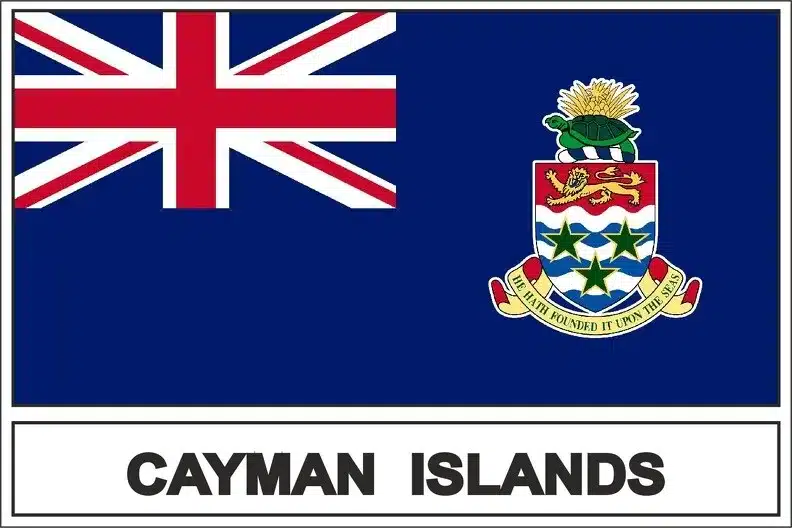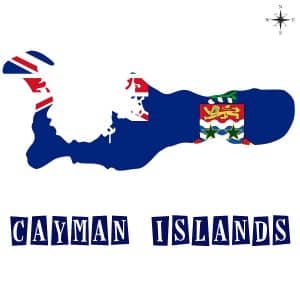Headlines
The Cayman Islands: A Frontier Society with a Rich History

The Cayman Islands are a British overseas territory located in the Caribbean that have been under various governments since their discovery by Europeans. Christopher Columbus sighted the Cayman Islands on May 10, 1503, and named them Las Tortugas after the numerous sea turtles seen swimming in the surrounding waters. Columbus had found the two smaller sister islands (Cayman Brac and Little Cayman) and it was these two islands that he named “Las Tortugas”. The 1523 “Turin map” of the islands was the first to refer to them as Los Lagartos, meaning alligators or large lizards. By 1530 they were known as the Caymanes after the Carib word caimán for the marine crocodile, either the American or the Cuban crocodile, Crocodylus acutus or C. rhombifer, which also lived there.
See Population, Official Language And More…

Cayman Islands
Archaeological studies of Grand Cayman have found no evidence that humans occupied the islands prior to the sixteenth century. The first recorded English visitor was Sir Francis Drake in 1586, who reported that the caymanas were edible, but it was the turtles which attracted ships in search of fresh meat for their crews. Overfishing nearly extinguished the turtles from the local waters. Turtles were the main source for an economy on the islands. In 1787, Captain Hull of HMS Camilla estimated between 1,200 and 1,400 turtles were captured and sold at seaports in Jamaica per year. According to historian Edward Long, the inhabitants on Grand Cayman had the principal occupation of turtle-fishery. Once Caymanian turtlers greatly reduced the turtle population around the islands they journeyed to the waters of other islands in order to maintain their livelihood.
Caymanian folklore explains that the island’s first inhabitants were Ebanks and his companion named Bawden (or Bodden), who first arrived in Cayman in 1658 after serving in Oliver Cromwell’s army in Jamaica. The first recorded permanent inhabitant of the Cayman Islands, Isaac Bodden, was born on Grand Cayman around 1700. He was the grandson of the original settler named Bodden. Most, if not all, early settlers were people who came from outside of the Cayman Islands and were on the fringes of society. Due to this, the Cayman Islands have often been described as “a total colonial frontier society”: effectively lawless during the early settlement years. The Cayman Islands remained a frontier society until well into the twentieth century.
The year 1734 marked the rough beginning period of permanent settlement in Grand Cayman. Cayman Brac and Little Cayman were not permanently settled until 1833. A variety of people settled on the islands: pirates, refugees from the Spanish Inquisition, shipwrecked sailors, and slaves. The majority of Caymanians are of African, Welsh, Scottish or English descent with considerable interracial mixing.





